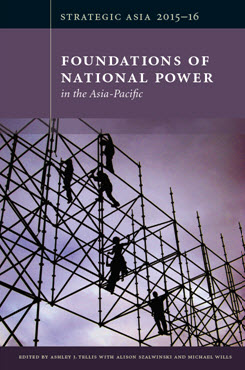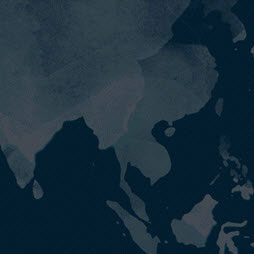China's National Power
A Colossus with Iron or Clay Feet?
This chapter examines the foundations of China’s national power: its national resources, national performance, and military capabilities.
EXECUTIVE SUMMARY
MAIN ARGUMENT
In terms of resources, China looks like a colossal land of milk and honey. Its bureaucracy is robust and its political elites have a conscious plan to expand national power, a vision encapsulated in Xi Jinping’s “China dream.” But the nation’s capacity to convert these resources into tangible forms of usable civilian and military power is hindered by a contradiction in terms between the essence of power in the 21st century—inspirational, technologically advanced, outward-looking, and innovating—and the intrinsic nature of the regime currently governing China. This contradiction will test the Chinese Communist Party’s will and ability to implement necessary, and possibly politically costly, reforms.
POLICY IMPLICATIONS
- For the last two decades, the ascent of China appeared inexorable, but a careful study of its foundations of power yields a more sober conclusion. The U.S. and its allies need to start planning for alternative scenarios to China’s linear development.
- As China’s economic growth slows and the country enters a new phase in its development, marginal adaptation is no longer sufficient. The leadership is aware of the problems but is not necessarily responding with the right remedies. Outside actors have a strong interest in encouraging those who favor far-reaching market-oriented reforms to China’s current economic model.
- As the prospect of material gain now looks less promising, nationalism and repression are the most likely instruments of choice for the party to maintain its monopoly on power. Shows of force or military adventurism are thus possible consequences of China’s slowing growth.
Strategic Asia
The Strategic Asia annual edited volume incorporates assessments of economic, political, and military trends and focuses on the strategies that drive policy in the region. Learn more about Strategic Asia.



